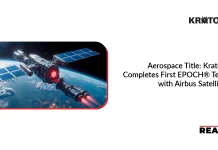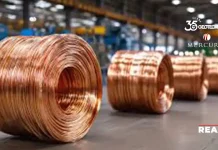The Linux Foundation, a global nonprofit organization enabling innovation through open source, announced that its AgStack project will host a new open source code base, alongside a fully automated, continuous computation engine, to create, maintain and host a global dataset of boundaries’ “registry” for agricultural fields to aid in such things as food traceability, carbon tracking, crop production, and other field-level analytics.
AgStack will utilize machine learning and artificial intelligence to manage global field boundaries data for public use.
The contributed code is based on the research by Dr. Sherrie Wang, Dr. Francois Waldner and Professor David Lobell at The Center on Food Security and the Environment at Stanford University, and funded by organizations including the NASA Harvest Consortium.
Also Read: Introducing Farming First, a 134-Acre Outdoor Cannabis Cultivation and Supply Company
AgStack’s Asset Registry dataset, the first of its kind in the world, is built and continuously updated using data from satellites and actual field registrations that contain information on boundaries, not ownership, which will then train machine learning models to ascertain more boundaries.
Precise knowledge of field boundaries can help farmers, agricultural companies, and the public sector to monitor and manage crop production, study management practices (crop rotations, cover cropping, tillage, irrigation), determinants of productivity, pest and disease spread, and species diversity. By sharing reusable agricultural data, new insights can also be gleaned for global food security research and innovation.
Crop field boundaries are the fundamental unit of addressing such datasets in agriculture across the globe, but they’re rarely available as a public dataset, especially in smallholder regions. According to the FAO, there are over 1.5 billion hectares of cropland in the world (approximately 12% of the global land surface). Since the average field size of over 80% of the farms is less than one hectare, this computes to over 1.2 billion active field boundaries – constantly changing through crop seasons.
By leveraging computer science and artificial intelligence, members will create, curate, and maintain global field boundaries as an open source digital public good available for anyone to use. The project has the potential to unlock the next revolution of digital agri-services in public and private sectors, especially for smallholder farmers.
SOURCE: PR Newswire




